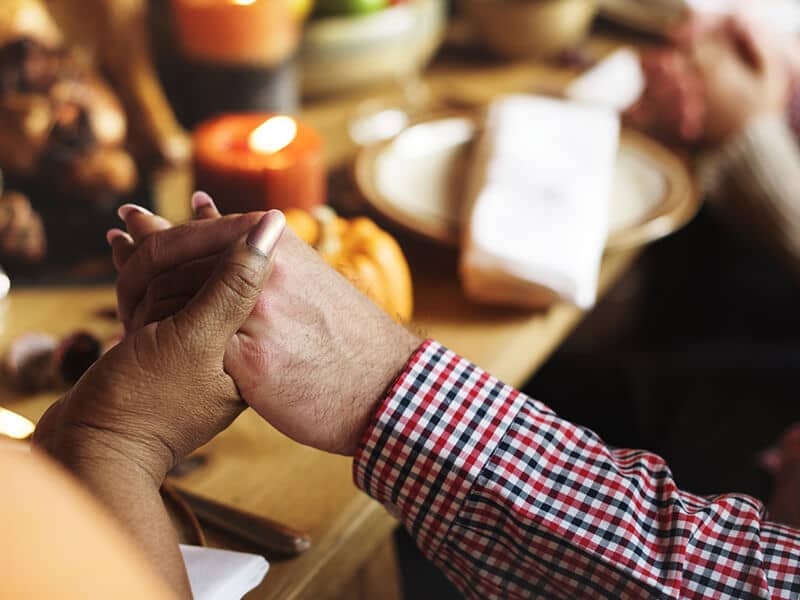2023-07-05
2023-07-05
More from beliefnet and our partners

